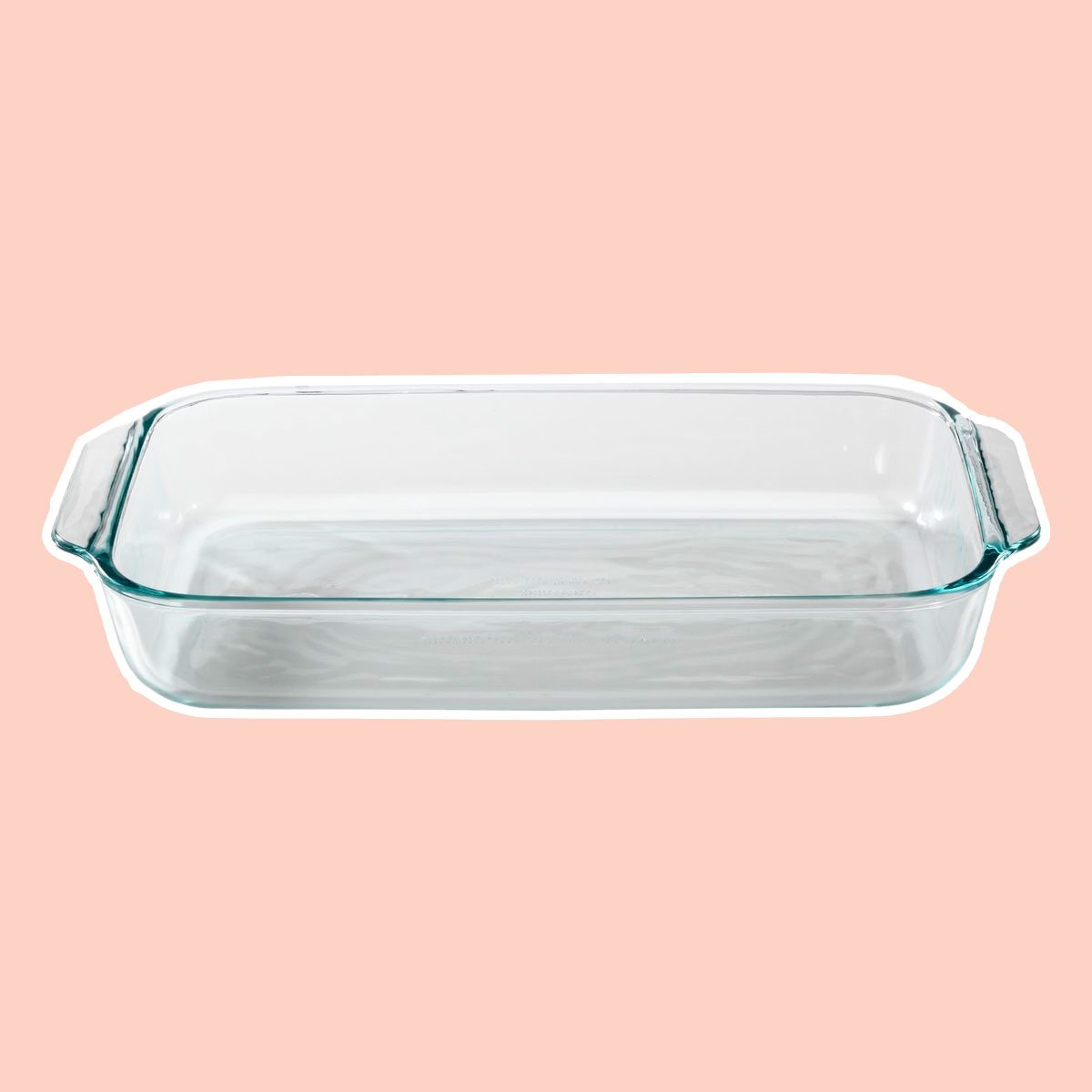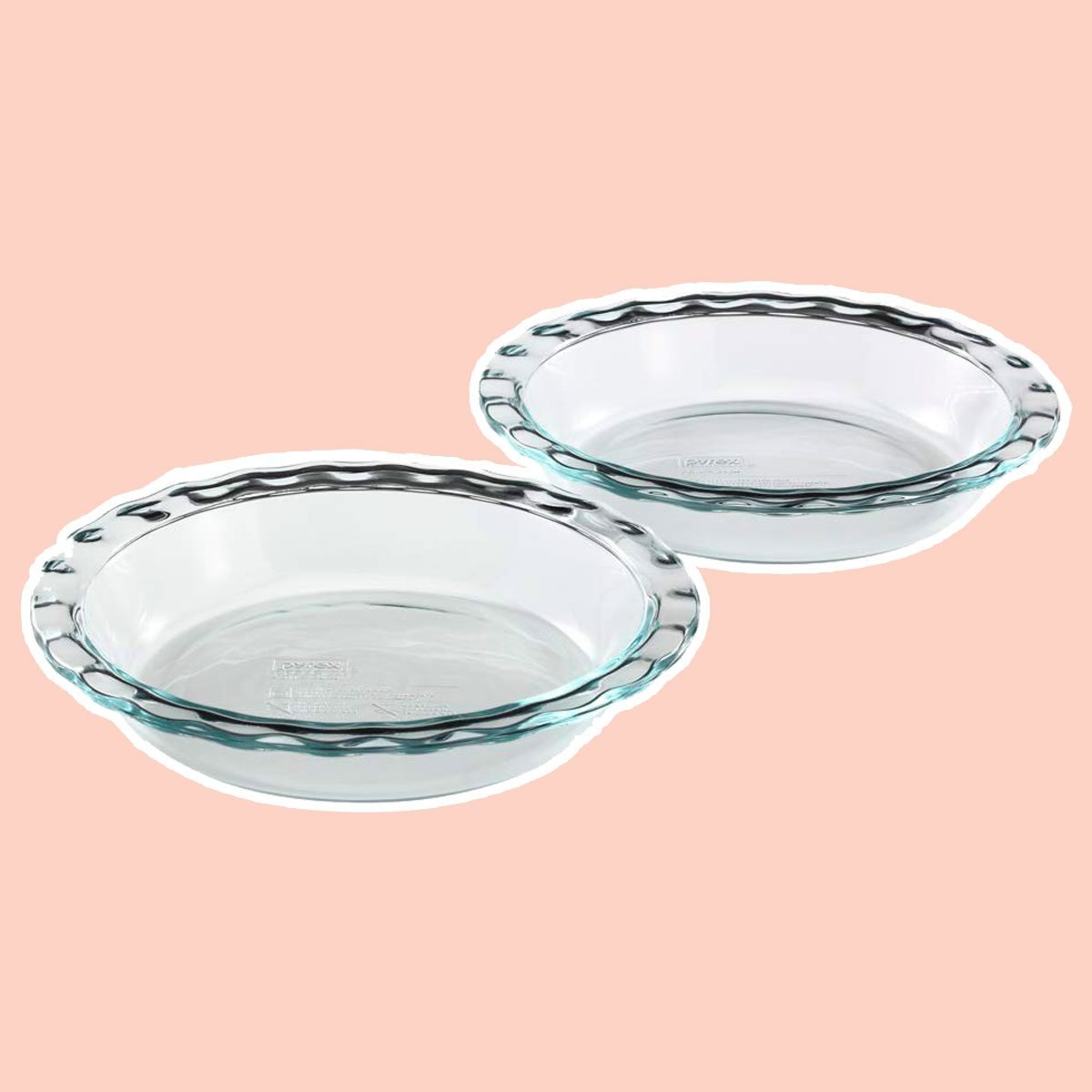Looking to whip up a pan of brownies? Maybe you want to invest in a new 13×9 pan for all your baking and casserole needs? You might be wondering what type of pan is best for you. Do you choose metal, glass or ceramic?
Depending on what and how often you cook and bake, the answer might be all of them, but here’s what you need to know about choosing baking dishes.
Pro tip: If a recipe calls for a baking pan, we mean for the pan to be metal. If we call for a baking dish, it’s either glass or ceramic.
Glass Bakeware
Glass is nonreactive, which means food won’t pick up any lingering flavors from a glass baking dish. It also retains heat better than metal bakeware, which is great if you want your casserole to stay warm at the table or on the buffet. If you have a recipe that calls for a metal baking pan and you have to substitute glass, you usually need to decrease the oven temperature by 25 degrees.
There are some care tips you need to consider with glass bakeware: Never heat glass on the stovetop or under the broiler or it can shatter. Also, be mindful not to move ice-cold glass into a steaming hot oven. Glass can shatter with extreme temperature changes.
When to use it: Glass is perfect for casseroles, roasted meats or lasagna. Our Test Kitchen likes to cook pies and quick breads in glass dishes.
Ceramic Bakeware
Ceramic bakeware performs very similarly to glass. Thanks to its coating, it won’t leave any lingering flavors after washing. It also retains heat well, so your lasagna will stay bubbly hot on the dinner table.
While glass and ceramic perform similarly and require similar care, you might want to choose ceramic dishes for their looks. Ceramic dishes come in a wide array of colors and patterns which can be a real highlight on the dinner table.
Like glass, ceramic bakeware is sensitive to extreme temperature changes, so don’t place that hot dish in a cold water bath.
When to use it: Use ceramic bakeware the same way you would glass. It’s great for casseroles.
Metal Bakeware
Metal heats up quickly and is a better conductor of heat than glass. This means your food will have a more browned color and crispy edges. Keep in mind that aluminum or steel reacts with acidic foods, so stick to glass and ceramic when baking with tomatoes or citrus.
Also bear in mind the finish of your metal pans. Dark metal pans will bake whatever is inside a more quickly. Lighter pans will cook more slowly. So be sure to grab a lighter pan if you’re baking up particularly delicate cookies like these chocolate lace cookies.
One more thing: Dull and matte finishes can cause your recipes to bake faster; shiny pans bake your goodies slower. If you have a shiny, light-colored baking pan, it could take much longer to bake the same thing than if you had used a shiny dark pan.
Keep those in mind when choosing pans for your favorite bakes.
When to use it: Choose metal for baked goods like bread, bars or brownies to give them the golden brown edges and bottoms you expect. Metal is also a good pick for dishes like meat loaf where you want the exterior to have a browned quality. Our Test Kitchen likes to use metal pans for cakes and cookies.
Now that you know the differences between metal, glass and ceramic bakeware, you might find yourself grabbing a few of each (it never hurts to have a well-stocked kitchen). And if you’re looking to stock your kitchen from scratch (or just upgrade) be sure to check out our list of essential baking pans.
The post Which Bakeware Is Right for You: Metal, Glass or Ceramic? appeared first on Taste of Home.
Lindsay D. Mattison, James Schend








